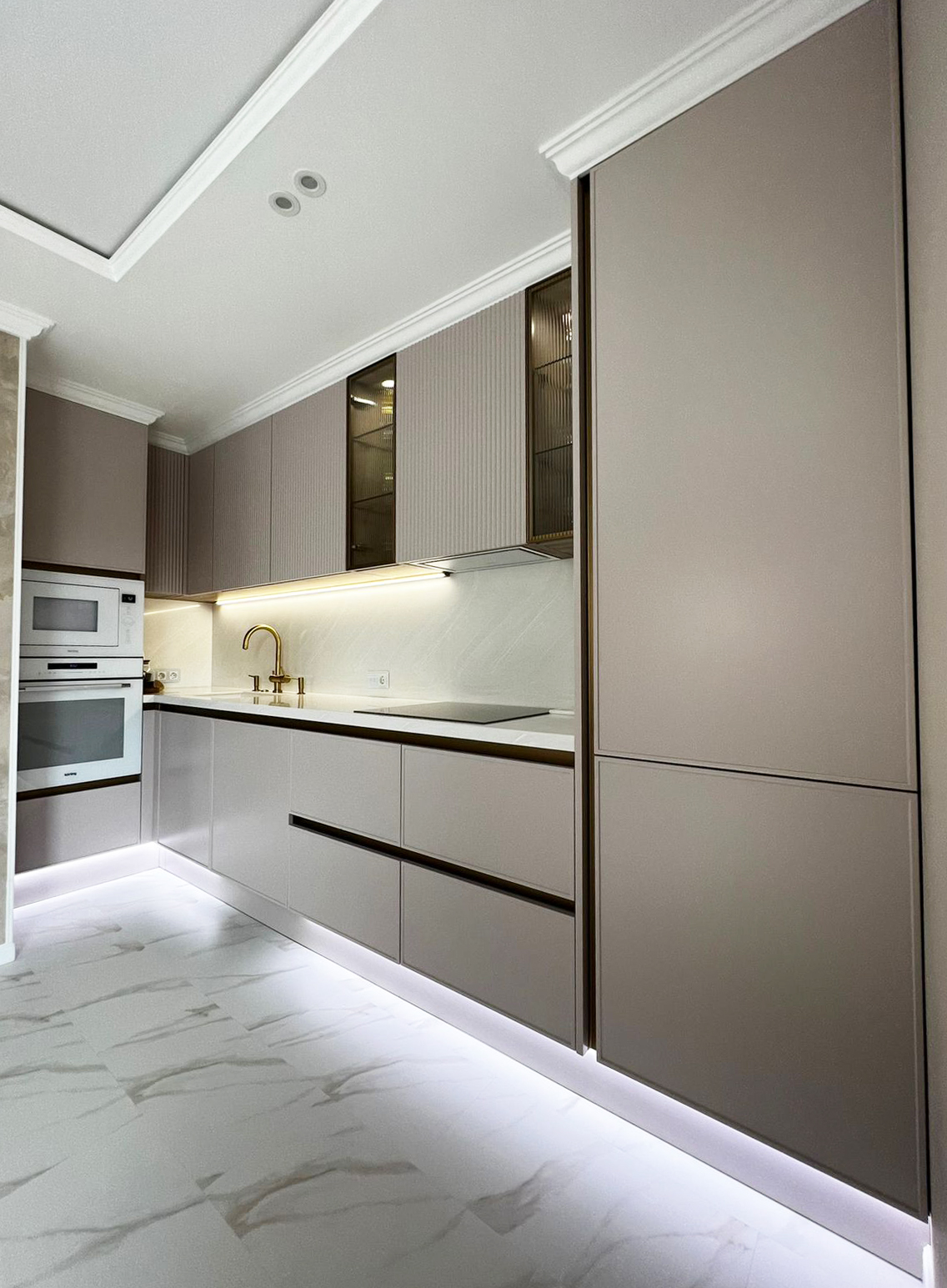
Culinary Spaces Redefined: The Evolution of Modern Kitchens
The kitchen, often considered the heart of the home, is no longer just a place for preparing meals. In contemporary homes, culinary spaces have become multifunctional areas that encourage socializing, entertainment, and a seamless blend of style and functionality. This article explores the transformation of the kitchen from a purely practical space into an integral part of our daily living and socializing experiences.
The Rise of the Open-Concept Kitchen
One of the most significant changes in modern kitchen design is the move towards open-concept layouts. This design philosophy removes barriers between the kitchen and other living areas, creating an expansive space that encourages interaction between family members and guests. The open-concept kitchen isn't just a place to cook; it's a space to live, laugh, and create memories.
Technology Integration in the Culinary Space
With the advent of smart home technology, kitchens are becoming increasingly high-tech and efficient. From smart refrigerators that monitor food expiration dates to voice-activated faucets and ovens that can be controlled via smartphone, technology has redefined the functionality of the modern kitchen. This integration makes cooking and kitchen management a more streamlined and interactive experience.
Sustainability and Eco-Friendly Design
Environmental consciousness has also left its mark on kitchen design. Homeowners are now seeking eco-friendly options such as energy-efficient appliances, sustainable materials, and waste-reducing features. These aspects not only contribute to a healthier planet but also offer cost savings in the long run. The culinary space has become a place where sustainability is both appreciated and practiced.
Personalization and Customization
The contemporary culinary space reflects the individuality of its owner more than ever before. With an extensive range of materials, finishes, and design options, homeowners can create a kitchen that aligns with their personal style and culinary needs. This level of customization ensures that the kitchen is not just visually appealing but also perfectly attuned to the functional requirements of the user.
Design for Well-being
Modern kitchens are designed with the well-being of users in mind. Ergonomics play a vital role in creating spaces that are comfortable and safe to use, reducing strain and injury risk during food preparation. The inclusion of natural light, air purification systems, and tranquil color schemes can also contribute to a more relaxed and healthful environment within the space.
Multi-functional Spaces
In addition to cooking and dining, kitchens are now being designed to facilitate various activities, such as homework, office work, and crafts. Kitchen islands have evolved into multi-purpose hubs where people can gather for different activities while still being part of the kitchen atmosphere. The culinary space has truly become a versatile environment that can cater to a wide array of needs and occasions.
Conclusion: Embracing the Evolving Culinary Space
As we continue to see the culinary space redefined by design innovations, technological advancements, and changing lifestyle needs, it's clear that the kitchen is no longer just a service area. It's a centerpiece of modern living, adapting and evolving to serve as a reflection of our society's values, aspirations, and pursuit of a richer domestic life. These trends mark an exciting chapter in the history of kitchen design, one that prioritizes efficiency, aesthetics, and the overall well-being of its users.